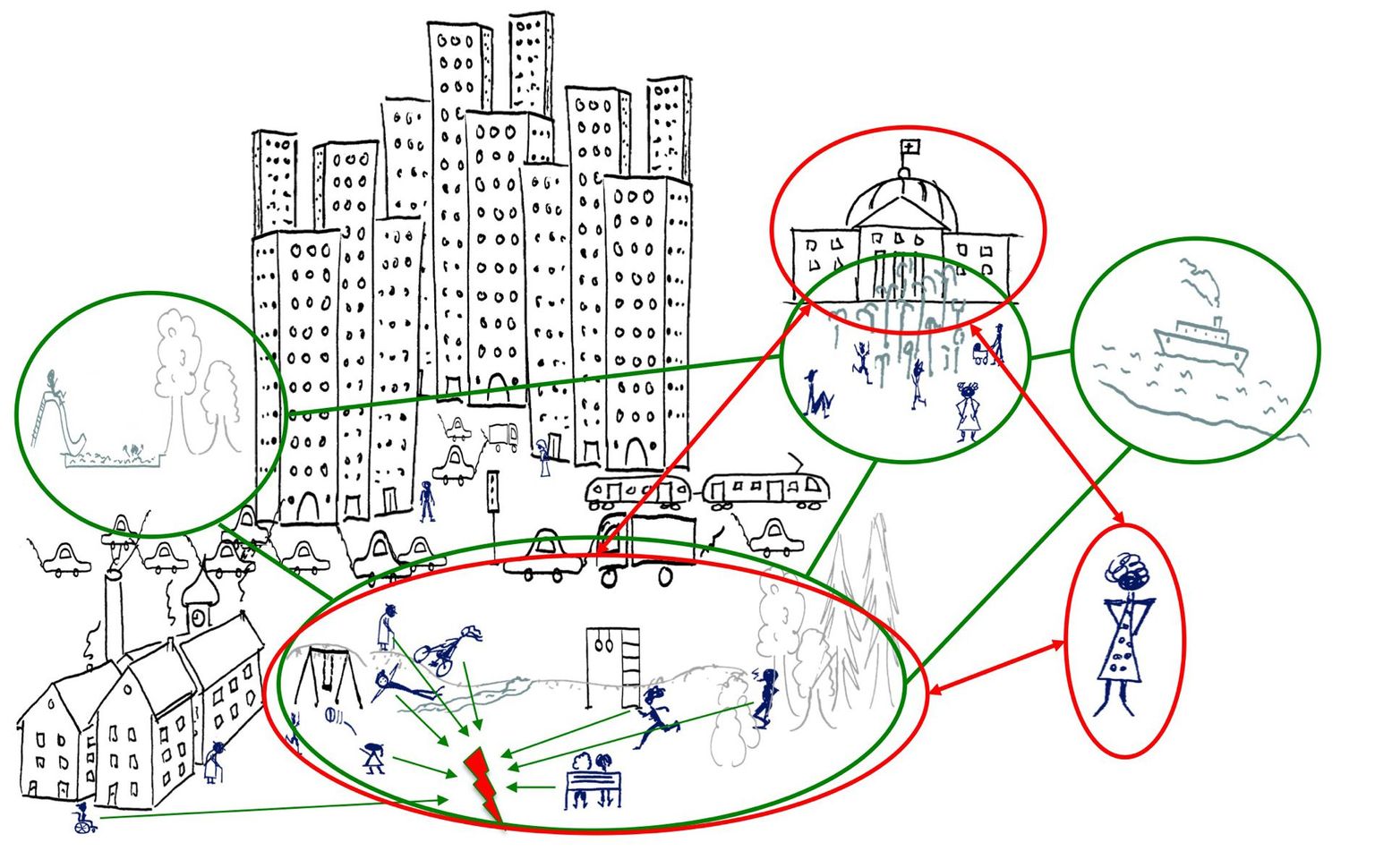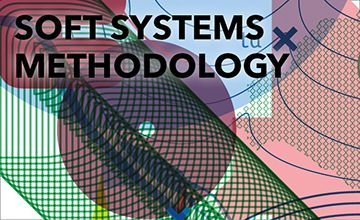Soft systems methodology
A systems thinking based tool for creating shared understandings of a problem situation, working out possible improvements and deciding on the one(s) to implement.
Pohl C 2020. Soft systems methodology. td-net toolbox profile (7). Swiss Academies of Arts and Sciences: td-net toolbox for co-producing knowledge. www.transdisciplinarity.ch/toolbox. doi.org/10.5281/zenodo.3717356
| What is soft systems methodology? | Soft systems methodology is a methodology to structure complex real world problems and to develop and identify desirable and feasible changes in a heterogeneous group of actors. It particularly supports dealing with different thought styles (“Worldviews” or “Weltanschauung” in Checkland’s terminology). |
| Why should it be applied? | Soft system methodology is one of few methods explicitly designed to lead a heterogeneous group through a process from structuring a complex problem and developing possible changes to selecting the most desirable and feasible change(s) to implement. |

When should it be applied? | Soft system methodology can be applied during the whole process of co-producing knowledge, from problem analysis to bringing results to fruition. |
How does it work? | Soft system methodology includes the following basic steps, which are run through iteratively: 1) Expression of a problem situation: Collectively, group members create a comprehensive picture of the problem situation by drawing a rich picture. Individual pictures can be combined to one overall rich picture.
|
How are thought styles bridged? | Thought styles are bridged through learning about each group member’s perception of the problem and through keeping worldviews that underlie the conceptions of problems and possible solutions explicit throughout the whole process. |
What’s the output/outcome? | Soft systems methodology results in feasible, realistic, well-reflected and desirable systems of activities that indicate how to change a problem situation. |
Who participates in what role? | A facilitator who is familiar with soft systems methodology should lead the process, while reinforcing that the process is owned by all participants. Soft system methodology is intended for co-producing knowledge with diverse stakeholders. |
What do I need to prepare? | As a facilitator you need usual workshop equipment, such as flipcharts and markers. Furthermore, it is advisable to make a plan for how to record and integrate oral contributions. Going through the four steps might take some days of (intensive) workshop. Coming from systems thinking, Checkland uses expressions (customer, root definition, system of activities) that might not be easy to understand. Therefore, facilitators are encouraged to do some background reading of soft systems methodology. Time also has to be reserved to plan how to practically carry out each step and how to handle and integrate the group members' contributions. |
When not to use the method? | If a problem is well defined and can be engineered (i.e. the goal is clear and the challenge is optimization) |


